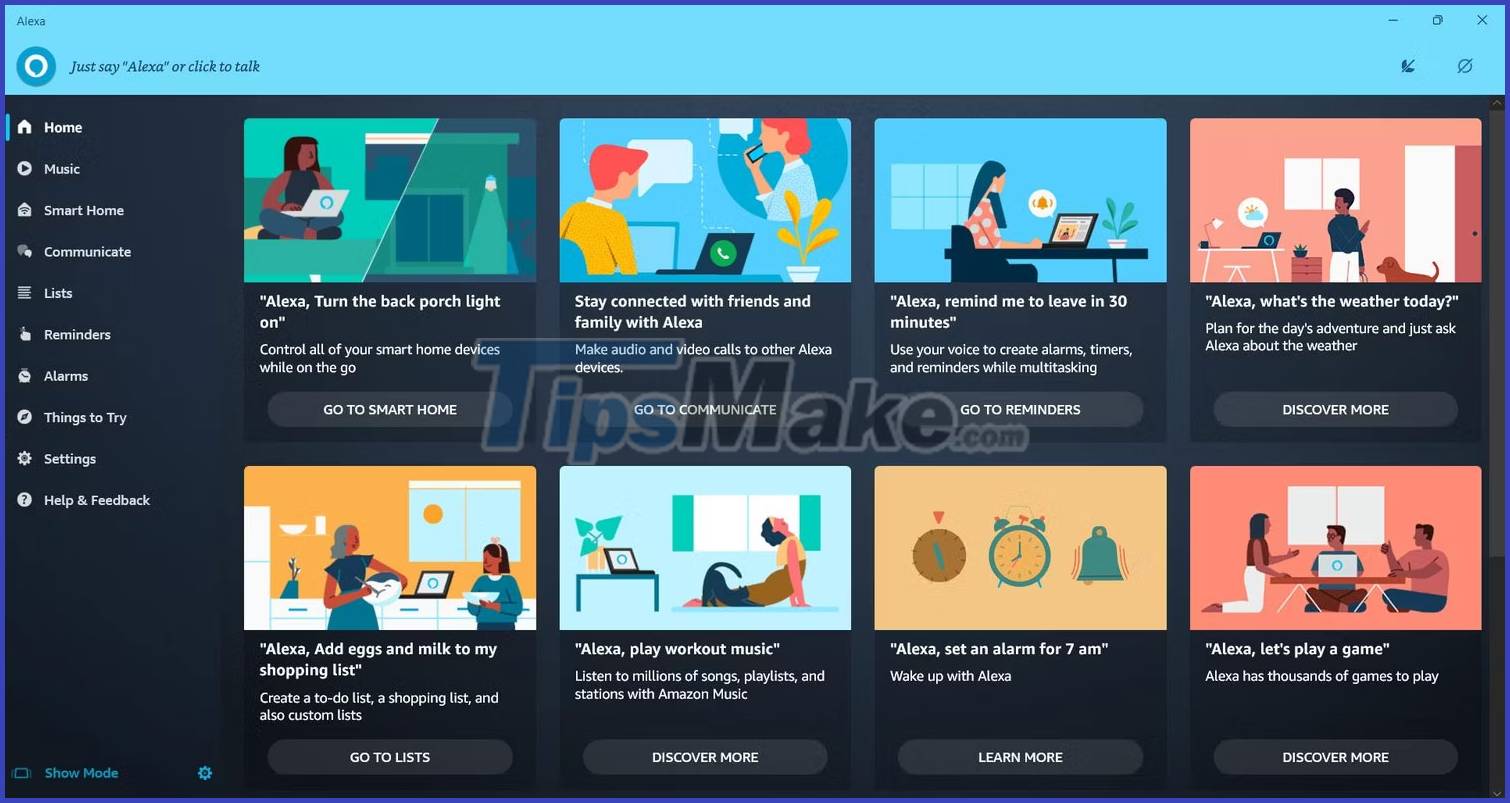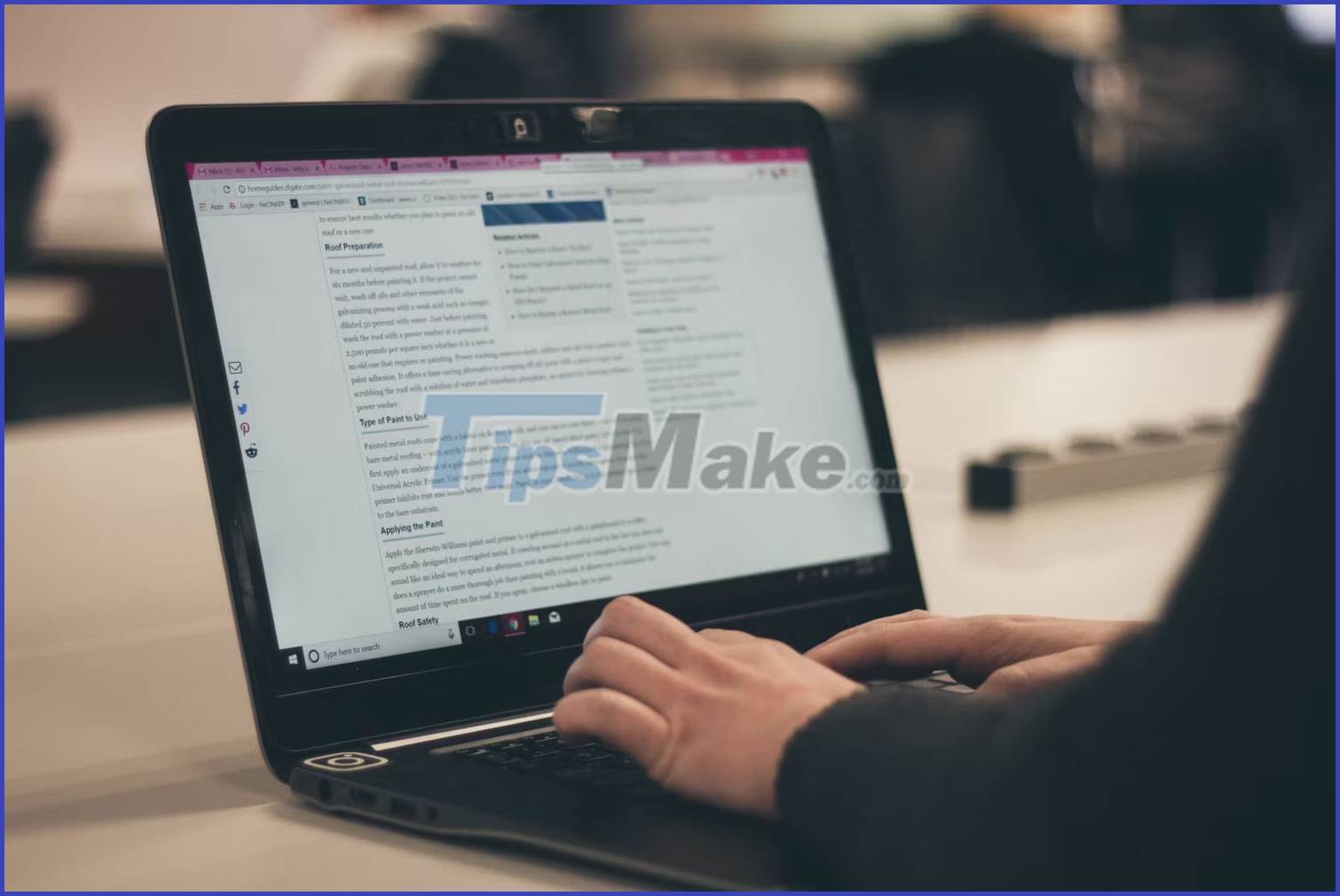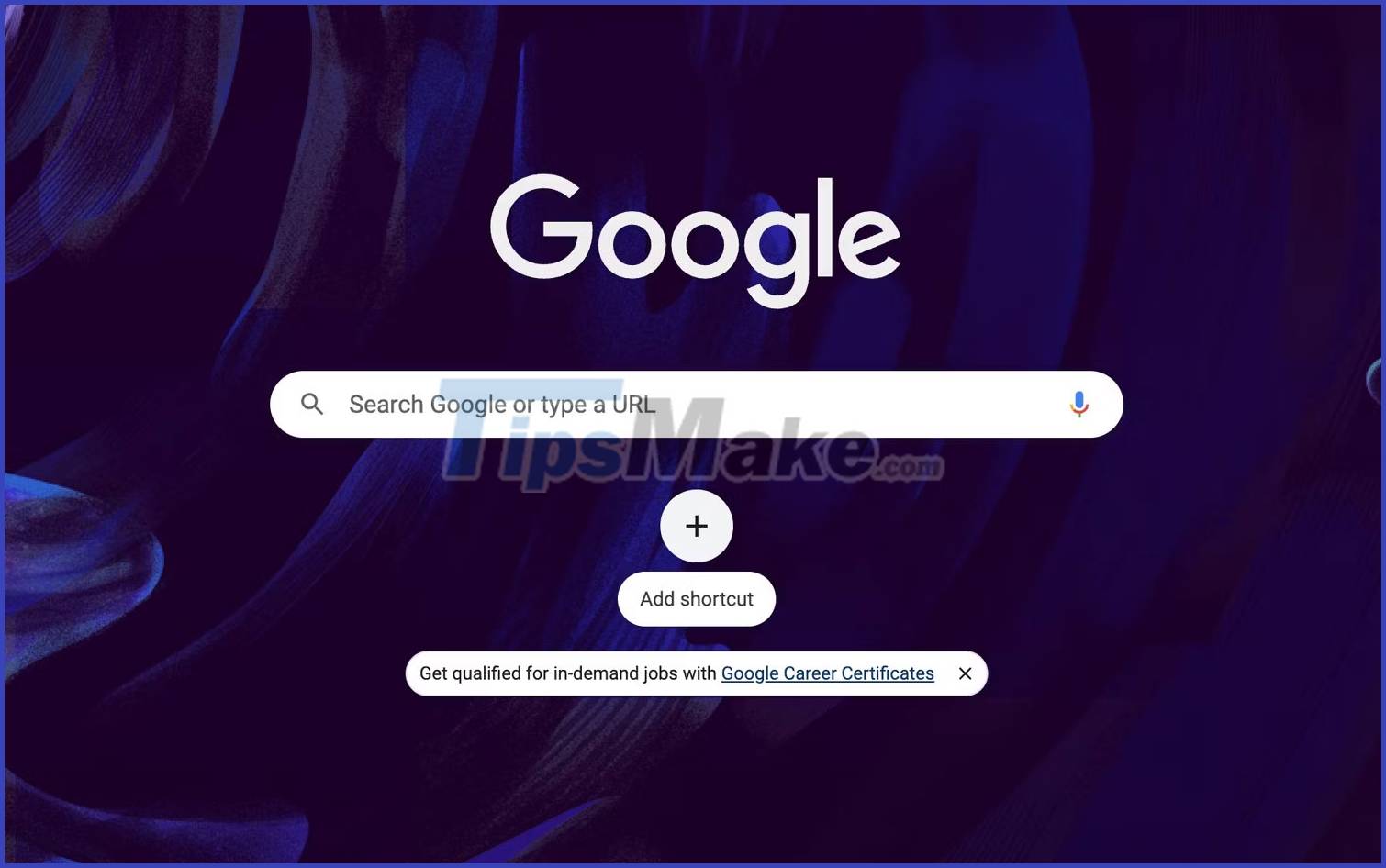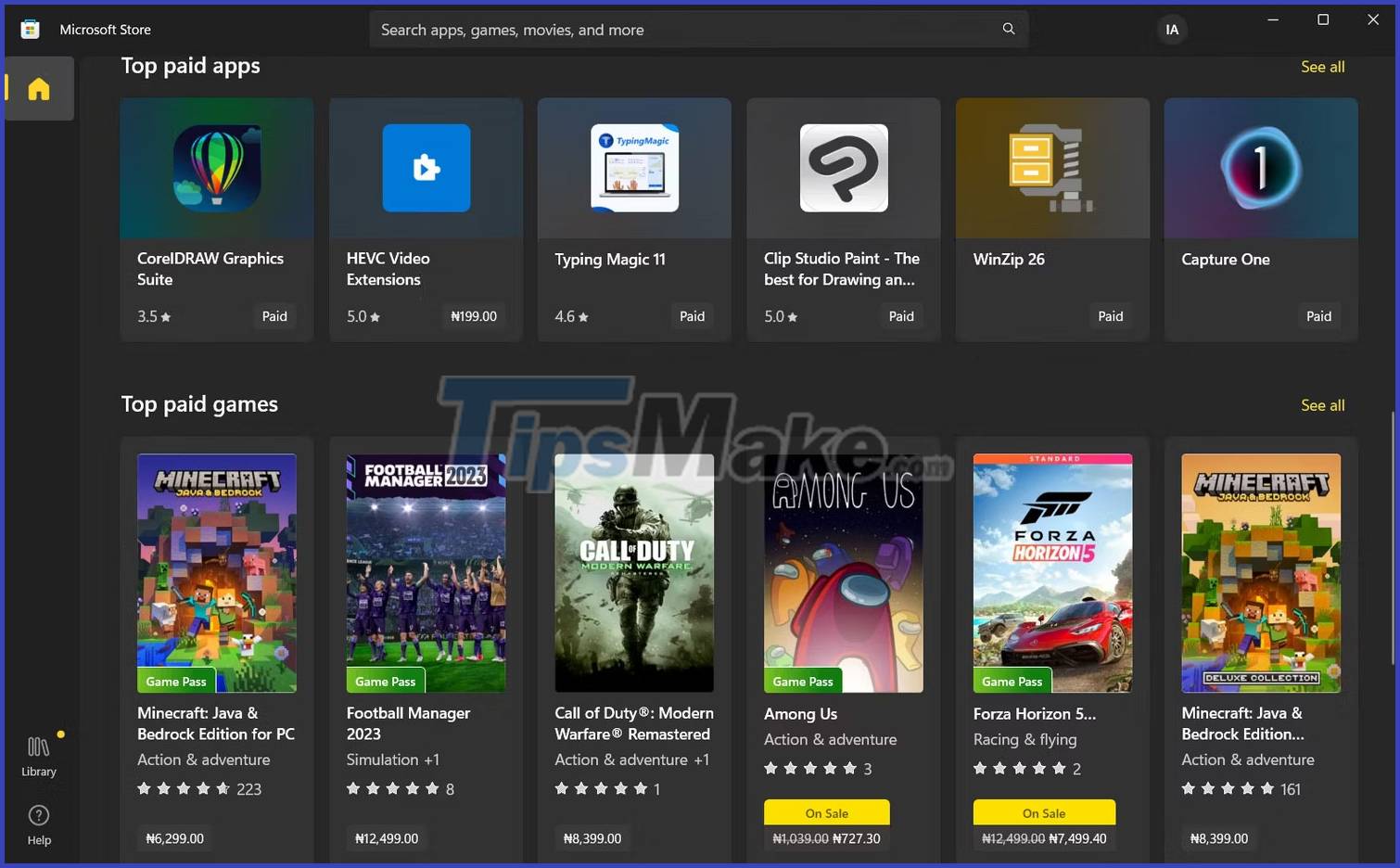How is artificial intelligence revolutionizing Windows software?
In recent years, the integration of AI in Windows software has changed the experience of using a computer, making it more personalized, efficient and effective.
AI is crucial in enhancing the accessibility of Windows software. For example, Windows uses Natural Language Processing (NLP) and Machine Learning algorithms to learn from user behavior and respond to voice commands. Therefore, it can adapt to the needs of the user, making it easier and more intuitive to use. Here are some key examples of AI in Microsoft products.
1. Smart virtual assistant

An intelligent virtual assistant (IVA) is an AI-powered assistant that can interact with users through voice commands, chatbots, and other natural language processing interfaces. The main virtual assistant for Windows users is Cortana, but there are several other Cortana alternatives available.
Productivity improvements in Windows software are being achieved through the implementation of IVA. They perform some common tasks, such as managing calendars, setting reminders, and sending emails, making it easier for users to focus on more important tasks.
Using NLP algorithms, IVA introduced interesting ways to interact with Windows software, making them more intuitive to use. They can understand and respond to voice commands, allowing users to work hands-free with their devices.
As AI technology continues to advance, the potential of IVAs in Windows software is enormous, and they will play a key role in shaping the future of computing.
2. Advanced Security

AI-based security systems can detect threats and attacks that traditional systems might otherwise miss. These systems, such as Windows 10's Microsoft Defender, use Machine Learning technology to analyze behavior patterns and identify anomalies that indicate security threats.
As a result, the AI-powered antivirus can detect and block malware in real time. They scan files and programs for malicious code, and identify and remove it before it can cause any damage. Furthermore, they can also monitor user behavior and detect suspicious activities.
For example, if a user suddenly starts accessing files or applications that they don't normally use, the system can flag this as suspicious behavior and take appropriate action.
Furthermore, AI-based security systems can use predictive analytics to identify potential threats before they occur. They can analyze data from a variety of sources to identify patterns and trends that could indicate potential attacks.
AI is revolutionizing Windows software security by providing smarter systems that can detect and prevent cyberattacks in real time, making computers safer and more reliable for users. end user.
3. Automatic Updates
AI has introduced a number of quality-of-life enhancement features for Windows users. One such feature is automatic updates, which uses Machine Learning to help Windows users stay up to date with the latest software updates and security patches.
Traditionally, updating Windows software was a manual process that required users to manually download and install updates, which was time consuming and led to security holes. With automatic updates, the AI algorithm can detect the latest software patches, download and install them without user intervention.
Fortunately, Microsoft still allows you to update Windows manually if needed, so the option isn't completely gone. However, Windows does a good job automating the update process.
AI algorithms can also analyze usage patterns and system performance data to identify potential issues that could affect software stability or security. By analyzing this data, AI can recommend updates that can improve performance or stability in the user's system.
4. Text prediction and auto correction

Text prediction uses Machine Learning technology to analyze entered words and phrases and suggest the most likely next word or phrase based on the context of the text. These text prediction functions save users time and improve typing accuracy, especially on Windows PCs.
Autocorrect, on the other hand, uses algorithms to identify and correct spelling and grammatical errors as the user types. This is especially helpful for people who have difficulty with spelling or typing correctly, or who are not native speakers and are not familiar with the nuances of the language.
Text prediction and autocorrect rely on artificial intelligence and Machine Learning to analyze massive amounts of data and make predictions based on that data. As these algorithms continue to improve and become more accurate, we may see even more sophisticated versions of these tools in our Windows software.
5. Enhanced gaming experience

Interestingly, Artificial Intelligence has played a huge role in enhancing the gaming experience of Windows users.
For example, AI-powered graphics engines can create more vivid and realistic images, making games look better than ever. These tools use Machine Learning algorithms to optimize graphics settings and improve performance based on available hardware.
A good example is NVIDIA's Deep Learning Super Sampling (DLSS), which uses AI to generate high-quality frames from low-quality input. This technology allows Windows gamers to enjoy high-resolution games without affecting FPS and performance.
Moreover, the AI algorithm can analyze the game data and provide intelligent assistance to the players. They examine players' gaming behavior and provide personalized tips on how to improve their gameplay or offer strategies to win the game.
Some of these algorithms can learn a player's playing style and tailor the game to their preferences. For example, the AI can adjust the difficulty of the game based on the player's performance or change the game mechanics to match the player's preferred style.
6. Improved search function

Without a doubt, AI has greatly improved the search functionality across apps, web browsers, and even the Windows search bar.
AI can understand queries in natural language and respond with appropriate results. This allows users to search for files, folders, and applications using regular language instead of specific keywords. It can also suggest queries based on search history and current context, allowing users to save time by choosing a suggested search query instead of typing a query themselves.
Furthermore, AI can learn from users' search behavior to provide more accurate and relevant search results over time. As a result, searches become more personalized and useful as users continue to search for content.
Finally, Windows uses artificial intelligence to analyze and index the contents of files and folders to provide more accurate search results. This feature allows users to search for specific content in a file, such as keywords in a document or specific images in a folder.
7. Personalized recommendations

AI has improved the Windows experience through personalized recommendations based on algorithms that analyze user behavior and preferences. These algorithms learn from user interactions, such as websites visited, apps and content used to build profiles of their interests and habits.
An example of personalized recommendations in Windows software is the Microsoft Store, which uses AI to recommend apps and games that are likely to engage users based on their past downloads and preferences.
Another example is the Windows Start menu, which uses Machine Learning to personalize lists of recommended apps and documents based on the most frequently used files and programs. This feature helps users save time and improve productivity by providing quick access to the content they use most often.
You should read it
- Top 10 best Antivirus software in early 2018 for Windows 10
- Top 5 best antivirus software for Windows 10
- 10 best free CAD software for Windows 10
- Microsoft claims Windows Defender is the best antivirus software
- How to run games, old software on Windows 10, adjust old software to be compatible with Win 10
- 7 ways to remove software and applications on Windows 8 / Windows 8.1
 7 simple games you can play with ChatGPT
7 simple games you can play with ChatGPT AI can reconstruct images from human brain waves: Is it worrying?
AI can reconstruct images from human brain waves: Is it worrying? BeatBot: AI has the ability to write lyrics and compose music
BeatBot: AI has the ability to write lyrics and compose music Google officially gives Bard AI trial: How to get on the waiting list?
Google officially gives Bard AI trial: How to get on the waiting list? AI converts text to video in seconds
AI converts text to video in seconds How to clear Bing AI search and chat history
How to clear Bing AI search and chat history